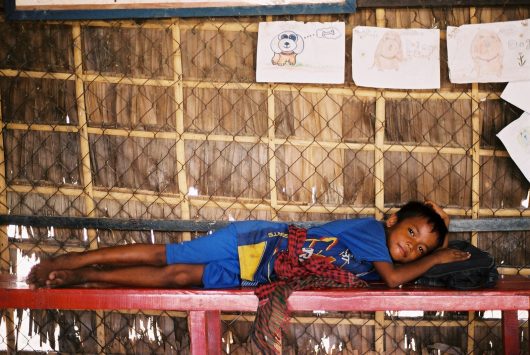Rural Poverty in Cambodia: Promoting Development

Agrarian farmers, women, internally displaced persons and those in poor fishing communities account for 4.8 million impoverished Cambodian individuals, while 90 percent of this demographic live in rural areas. Poverty in Cambodia is severe in rural regions.
Those living in rural poverty in Cambodia are isolated and live in villages far from health services and roads, contributing to their limited access to education, health care and employment.
The Khmer Rouge, a radical communist group, took power in Cambodia during 1975 and practices instilled by their reign began to facilitate rural poverty in Cambodia. After forcing citizens out of cities and into the countryside, they dismantled financial institutions, education infrastructures and foreign cultural influences.
Rural Poverty in Cambodia
They aimed to reform Cambodia into a rural nation until 1979 after Vietnamese troops invaded the country to capture Khmer Rouge leader, Phnom Penh. However, their representation of Cambodia was continued through 1990 when the United Nations recognized them as the only authentic representation of Cambodians in the General Assembly.
Urban areas experienced a decline in poverty of around 10 percent in one decade. However, resolving rural poverty in Cambodia is vital to further development as agricultural employment accounts for 59 percent of the total labor force nationwide.
The Asian Development Bank’s analysis of rural poverty in Cambodia cites five main foundations for economic growth in remote areas: Growth in land under production, growth in the rural labor force, modest gains in agricultural productivity main in non-rice crops, public and private investment in agriculture in rural infrastructure and substantial investments in social infrastructure such as health, education and sanitation.
According to the Oxford Poverty and Human Development Initiative, 85 percent of people living in poverty reside in rural locations. The prevalence of rural poverty among the world’s poor is so critical that the Global Donor Platform for Rural Development asserts that alleviating poverty in these areas should be the United Nation’s number one Millennium Development Goal.
The International Fund for Agriculture is currently conducting five programs to alleviate rural poverty in Cambodia focusing on developing more efficient agrarian productivity that directly benefits 425,300 households.
Programs support investments in agriculture and development in remote villages, while also accounting for sensitivities for women to ease gendered inequalities.
USAID is also conducting programs to develop governing stability, improving healthcare, increasing accessibility to education for individuals in remote areas and improving food security.
– Amber Bailey
Photo: Flickr
